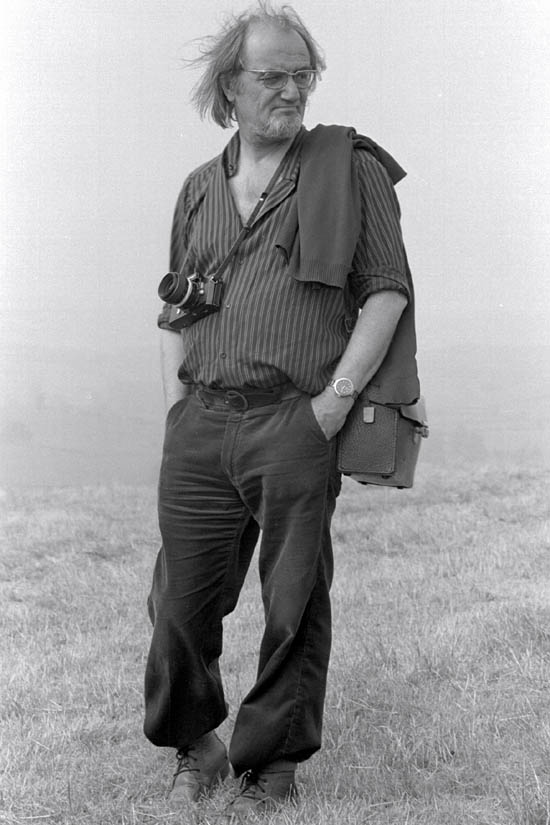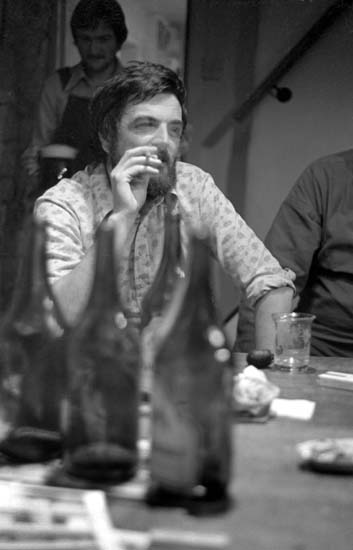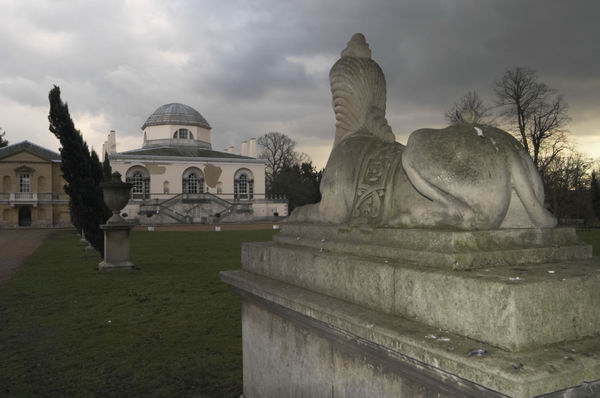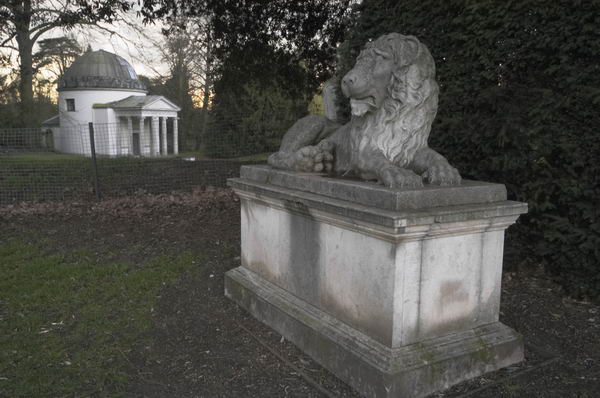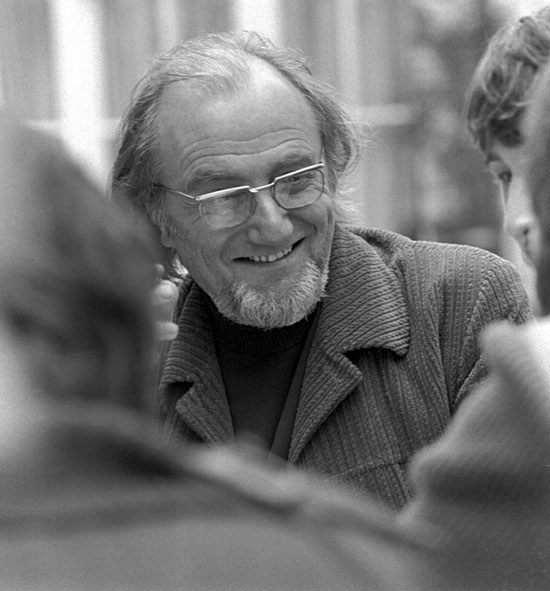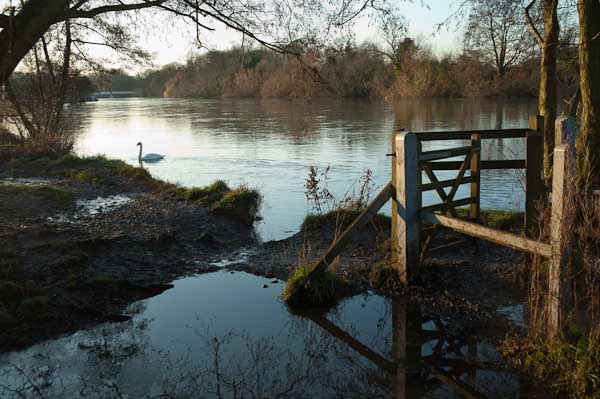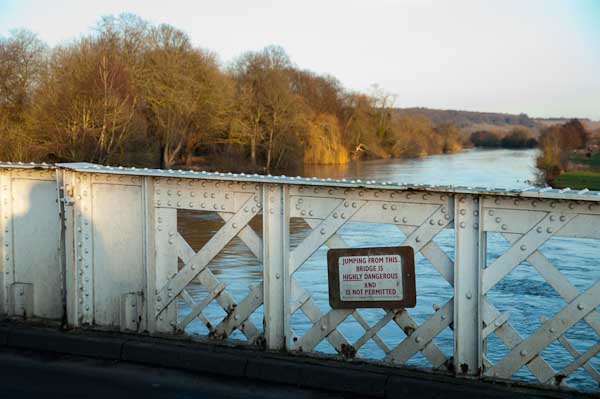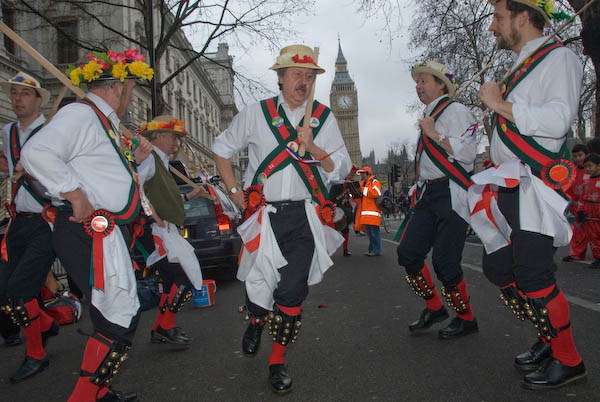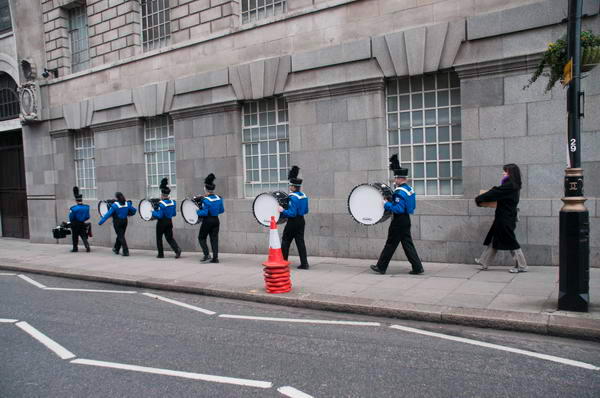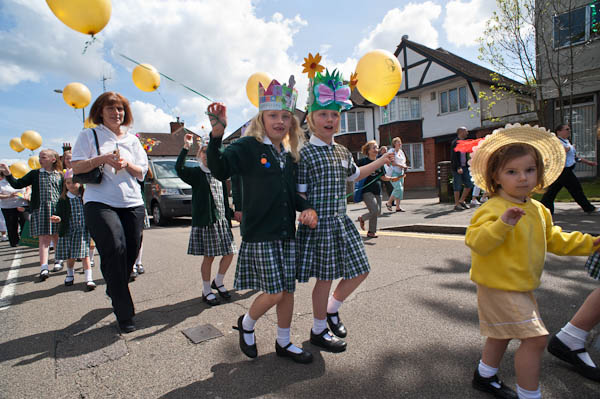Sudan was an area where British colonialism messed up in the nineteenth century with General Gordon being failed by the government and much more. From 1899 to 1956 it was essentially a British colony, and for the last 30 or so years run as more or less as two different countries, a largely Muslim north and a largely Christian south.
Although the south and the north reached some kind of agreement in a peace settlement five years ago following two lengthy civil wars, fighting and civil rights abuses continue, particularly in Darfur in the west of the country. The peace settlement called for a referendum in the south to decide whether to remain in Sudan in January 2011, and the international Sudan365 campaign which was being launched on January 9, 2010 brings together groups working for peace and human rights in Sudan and a free and fair referendum in a year (actually now just under 365 days).
Photographically it was a fairly simple event to cover , with demonstrators in a pen on the pavement in Whitehall, although the police were occasionally being a little unhelpful and quite unnecessarily attempting to keep the pavement in front of the demonstration clear rather than routing passers-by through the wide empty gap behind it, and I was occasionally asked to move. They also refused to allow the organisers of the demonstration to have speakers there – and to my surprise they failed to insist on doing so, unlike several previous demonstrations I’ve photographed there.
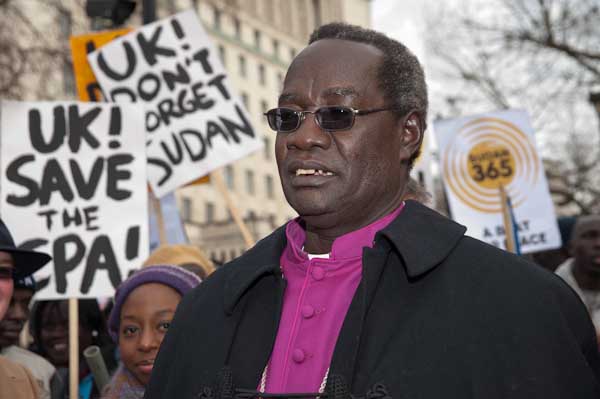
Archbishop Daniel Deng – difficult to get a good picture
The event had attracted some media attention, though mainly from broadcast media rather than print, and BBC radio 4 had interviewed the major speaker, the Sudanese Archbishop Daniel Deng earlier in the day (and did so again on Sunday morning.) Of course we all want peace, but his interviews- and the well-received address he gave at the protest – seemed to me politically lacking (as perhaps too is Sudan365.) Perhaps not surprisingly he was feeling the cold in London, even with a red jumper under the purple.
Since the protest was called ‘Drums for Peace‘ it would have been nice if he would have actually beat one at least for a few minutes with everyone else, but he could not be persuaded to do so, presumably feeling it wasn’t the kind of thing an archbishop should do. Apparently he is meeting Gordon Brown on Monday- and I hope the other party leaders too.
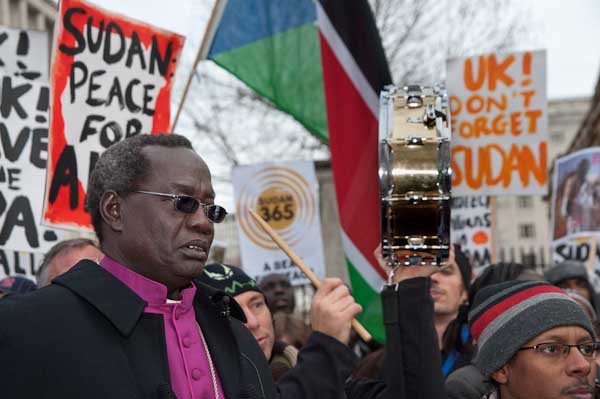
The nearest I got to photographing him playing a drum
I did photograph him speaking, but he held the microphone close to his face all the time and spoke without any gestures or expression and so the pictures weren’t great. A few of those when he was posing the the middle of the demonstration are a little better, but lack the kind of interest and dynamism shown by the demonstrators. And dark glasses are seldom a plus point when you are trying to make a portrait.

The second speaker was much more interesting to photograph, though again not easy, as there were only a few moments when she lifted her eyes from her typed pages. But there were some great faces in the crowd of demonstrators as you can see in the rest of my pictures from the event on My London Diary.
But by the time she had finished, I’d decided it was time for me to go also. Elsewhere on My London Diary you can see several other protests about Sudan I’ve photographed previously – all concerned with the continuing genocide in Darfur, in April 2007, Sept 2007 , April 2008 and May 2008.
